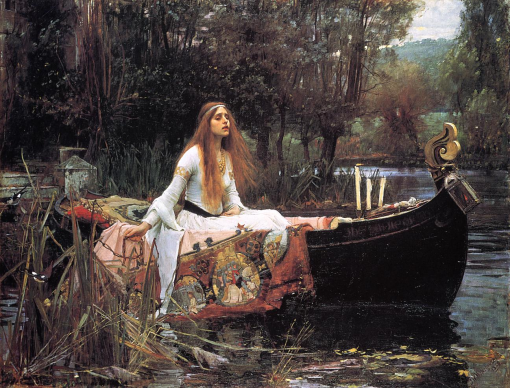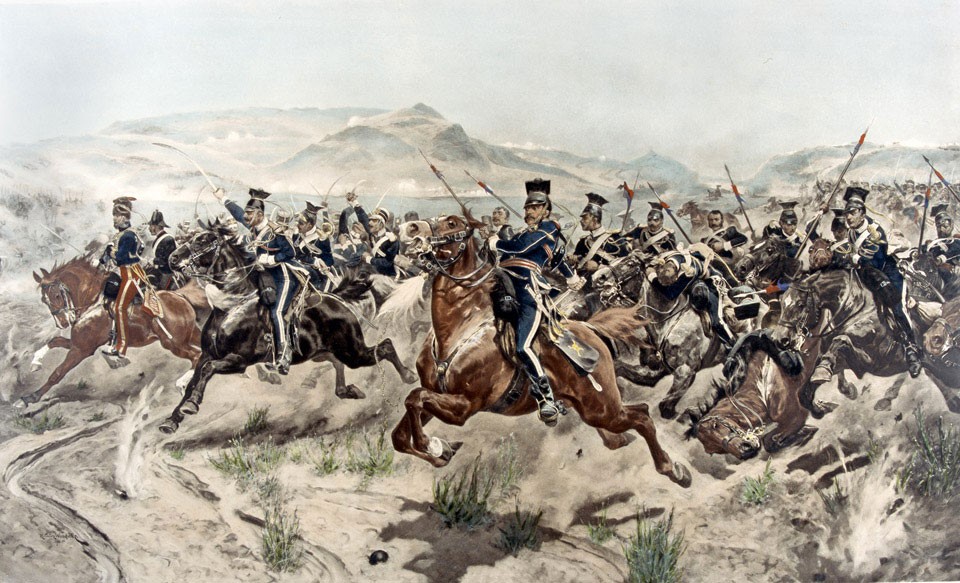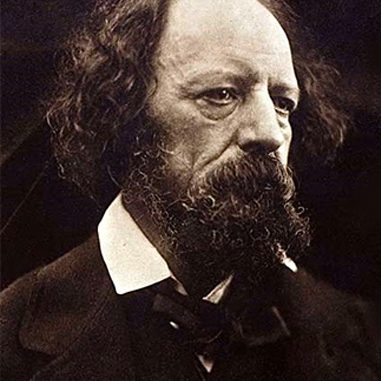
Clare’s boyfriend (with whom she breaks up at the cemetery before the beginning of the book) is named Lance. Tennyson draws heavily from the story of Lancelot and the struggle between relationships and isolation in his 1833 poem, “The Lady of Shalott.”
Tennyson’s 1884 poem, “Lady Clare,” tells the story of a woman who is loved for who she is, not for what society tells her to be. “Lady” Clare’s mother in the poem is named Alice. Not coincidentally, our protagonist’s mother’s name is also Alice.
As we learn during his 911 call, Albert’s full name is Albert Henry Hallam—A.H.H. Tennyson’s poem, “In Memoriam A.H.H.” documents the poet’s 17 year struggle with the death of his friend and muse, Arthur Henry Hallam.

Tirol Farm is where Albert and Clare believe Violet will finally be safe. Arthur Henry Hallam and his father were on their way to Tirol, Austria when Arthur suddenly died in Vienna.
Clare and Albert live on Shalott Drive where the cars “neither stopped, nor gained speed; they glided, nearly silent…as if boats on water…” The “Lady of Shalott” dies on the water on her way to town.
Albert’s wife is Emily Nosynnet (check that backwards) before she became Emily Hallam. Tennyson’s sister, Emily was engaged to A.H.H. when he died.

Officer Benjamin Light struggles with the ethics of following orders, versus doing what he knows is right, reflecting a theme of Tennyson’s famous and tragic 1854 poem “The Charge of the Light Brigade.”
Craven Hawtrey, Albert’s former student and the draft-dodger who shows up on Albert’s porch is named for the headmaster of Eton College where A.H.H. was a student.
Tennyson based “Lady Clare” on Susan Ferrier’s novel, The Inheritance, in which the male character who was truly in love with the protagonist is named Edward Lyndsay—hence Clare’s last name, Lyndsay.

Clare’s neighbors are contemporaries of Tennyson—the (Thomas) Carlyles and the (Matthew) Arnolds.
The dangerous thoroughfare Albert, Clare, and Violet must traverse in order to reach Tirol Farm is Old Clevedon Road. A.H.H. is buried at St. Andrews church in Clevedon, Somersetshire.
Clare’s stalker is named Jared Wilson Croker. One of Tennyson’s harshest critics was John Wilson Croker, who in 1833 wrote a scathing review of Tennyson’s “Poems.” Some historians believe this review contributed to the poet’s rather unproductive decade after A.H.H.’s death.
Cee-Cee Lushington, the papergirl whom Clare befriends, is named for Cecilia, Tennyson’s sister who married Edmund Lushington. Their wedding marks the end of “In Memoriam,” leaving the poem on an image of hope.
I hold it true, whate’er befall;
I feel it when I sorrow most;
‘Tis better to have loved and lost
Than never to have loved at all.
—Lord Alfred Tennyson, “In Memoriam A.H.H.” (Canto 56)
